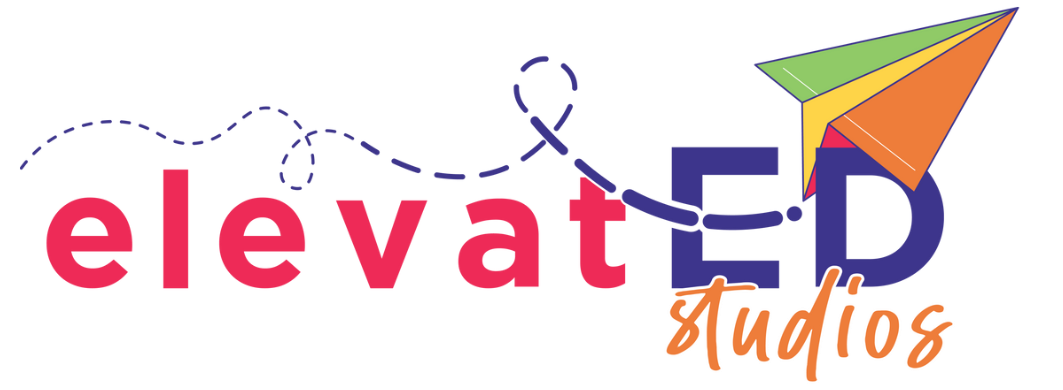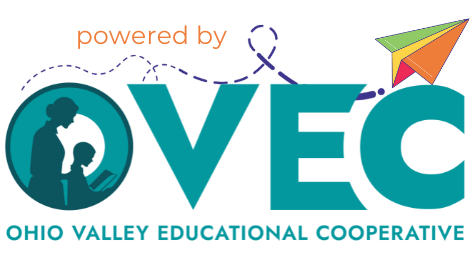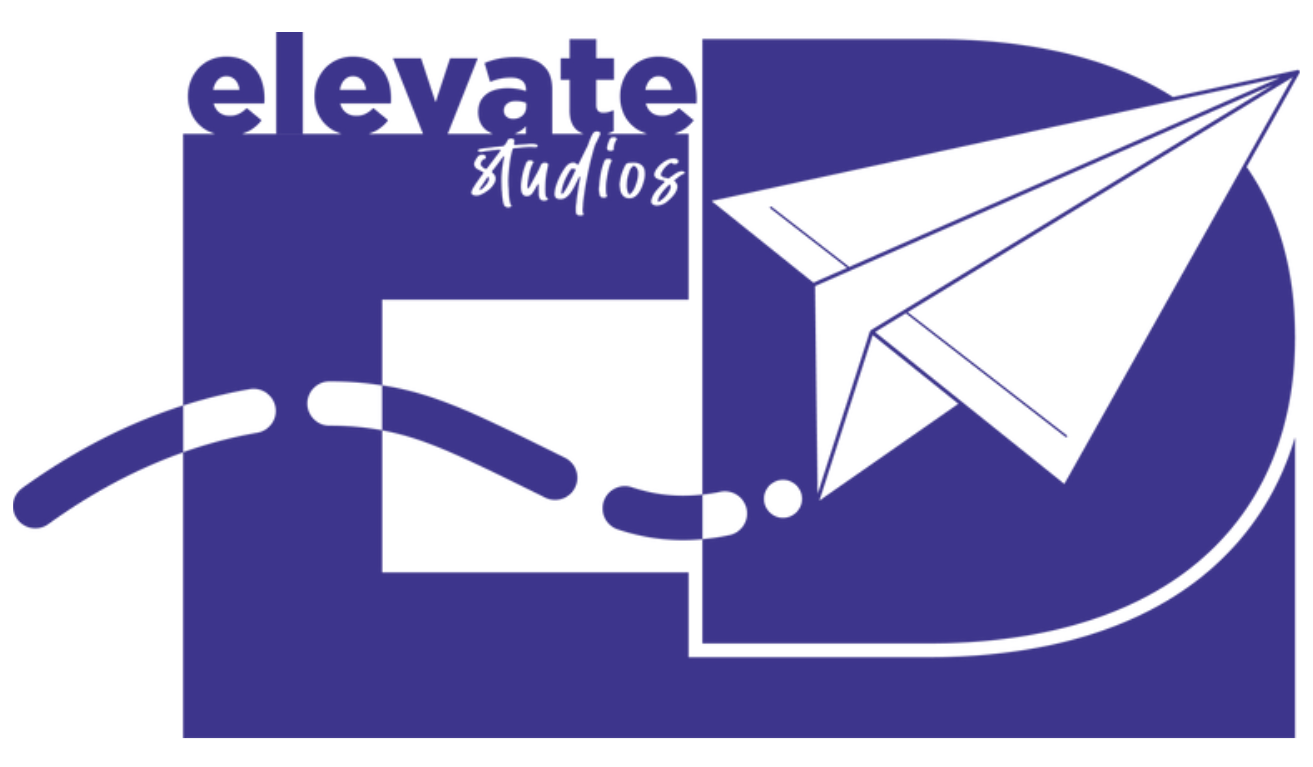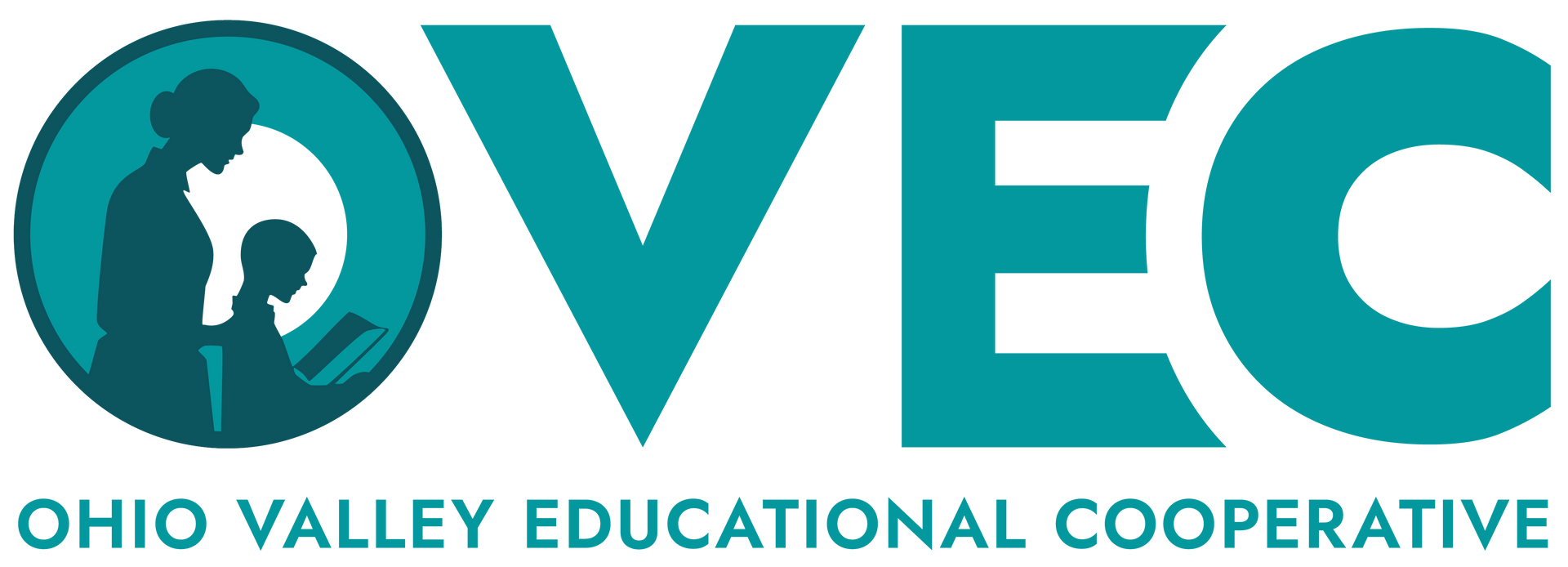The Transformations
Personal
Learner-led
Real-world
Learner-owned
Collaborative
Personal
Learners’ backgrounds, experiences, interests, and culture are valuable assets to the learning community.
Personal Transformation:
- Learners know and share their personal strengths with the learning community.
- Learners’ backgrounds are seen as valuable assets and are leveraged.
- Learners value that people think, share, and represent their ideas differently.
- Learners’ learning journeys adapt to and build upon their strengths and prior knowledge.
- Learners have the opportunity to demonstrate original, creative thinking in their authentic voice.
Learner-led Transformation:
- Learners are inspired and challenged by compelling questions.
- Learners create questions to clarify, challenge, and extend their learning.
- Learners are the primary voices in the learning community.
- Learners make decisions about the mediums they engage with to make meaning and/or the mediums in which they share their learning.
- Learners make decisions about the progression (pace and/or order) of their learning.
Real-world Transformation:
- Learners’ learning intentionally targets both academic standards and durable skills.
- Learners produce work and engage in processes that reflect real world disciplines.
- Learners’ learning connects with real-world issues, controversies, and/or local people/places.
- Learners are problem-solvers who identify, design, and implement solutions to real-world problems.
- Learners have opportunities to learn from and share their work with meaningful audiences beyond the classroom.
Learner-owned Transformation:
- Learners have continuous opportunities to reflect and act upon their growth in knowledge and skills over time.
- Learners and educators co-create criteria for success.
- Learners curate their own evidence to illustrate their learning.
- Learners are empowered to grow through iterative opportunities to make and learn from mistakes.
- Learners produce work they are proud of and have opportunities to share that work with meaningful audiences.
Collaborative Transformation:
- Learners use, build upon, and challenge others’ ideas.
- Learners listen and learn from others’ perspectives and are open to changing their minds.
- Learners use evidence to support their ideas, ask for evidence from others, and suggest ways to get additional evidence.
- Learners share their thinking to help the community learn.
- Learners encourage others’ voices they haven’t heard from yet.
- Learners regularly work with others who are different from them.



